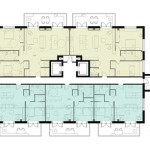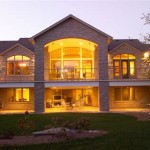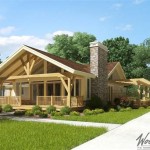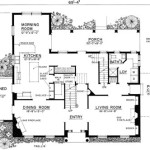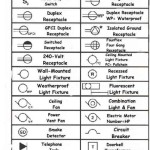Essential Aspects of Passive House Design Plans
Passive House design plans are centered around creating highly energy-efficient buildings that minimize heating, cooling, and ventilation needs. This comprehensive design approach results in buildings that offer unparalleled comfort, reduce environmental impact, and lower energy costs.
To achieve Passive House certification, buildings must meet stringent criteria in five key areas:
1. Thermal Envelope:
Passive House design plans demand a highly insulated and airtight thermal envelope, the building's exterior shell. This includes walls, roofs, windows, and doors, ensuring minimal heat loss and air leakage.
2. Windows and Doors:
Windows and doors are critical in mitigating heat loss. Passive House designs utilize energy-efficient glazing and high-performance frames to maintain interior temperatures and minimize energy consumption.
3. Ventilation:
Adequate ventilation is essential for occupant comfort and indoor air quality. Passive House plans typically incorporate mechanical ventilation with heat recovery systems, ensuring fresh air supply while minimizing heat loss.
4. Thermal Bridging:
Thermal bridging occurs when heat can easily transfer through structural elements from the building's interior to the exterior. Passive House design plans eliminate or minimize thermal bridges by using continuous insulation and thermal breaks.
5. Solar Design:
Passive House design plans capitalize on passive solar gain by strategically placing windows and skylights to maximize natural daylight and solar heat. This reduces the need for artificial lighting and heating.
In addition to these five essential aspects, Passive House design plans also consider:
Occupant Comfort:
Passive House design plans prioritize occupant comfort by maintaining consistent temperatures throughout the year and ensuring a balance of humidity and fresh air.
Environmental Impact:
Passive House design plans significantly reduce energy consumption, minimizing the environmental impact of buildings and promoting sustainability.
Cost Savings:
Passive House buildings can result in substantial energy cost savings over their lifetime, making them a cost-effective investment in energy efficiency and sustainability.
By incorporating these essential aspects, Passive House design plans create highly energy-efficient, comfortable, and environmentally friendly buildings that set a benchmark for sustainable architecture.

Plans Passive Design Solutions Custom Home Builds Renovations

2 Bedroom Modern House Passive Home Plan With Garage And Screen Porch

Heatspring Free Floor Plan 10 Ways Passive House Design Is Diffe Than Normal Home

Passive House Design Fontan Architecture

Deltec Homes Renew Collection Ridgeline B 1604sf Passive Solar Layout Vaulted Ceilings High Clerest House Plans Floor Modern

Passive Solar Home In Stoneville Western Coveney Browne Architects
What Does A Passive House Cost To Build Leanhaus

Passive Design Green Home Technology Center

Modern Passive House Solar Design 3 Bed Stylish Home Plan

Green Passive Solar House Plans 3

